PPMC-Transport is supported by its audience. When you buy through our links, we may earn an affiliate commission. Learn more
Written by Steven Schiller
Fact checked by Henry Speciale
Michelin is the largest tire company in the world. The iconic brand is synonymous with quality tires for all sorts of driving. The Michelin headquarters are located in Clermont-Ferrand, France.
So, how many miles do Michelin tires last? Michelin tires last between 45,000-85,000 miles or 72,400-136,800 km.
In detail, how long do Michelin tires last? Its lifespan is about 5-10 years. A number that’s been specified by the Michelin tire age recommendation.
Table of Contents
Since most people drive 12,000 to 15,000 miles a year, an average lifespan of a tire can last an everyday driver for 3 to 5 years. The difference can be pretty substantial when compared to a Michelin tire mileage.
The Michelin Defender is an all-season tire usable for every terrain. It comes in 57 different sizes to accommodate most vehicle types.
It’s a durable tire with proprietary technology employed by Michelin themselves, which can either be great or bad news. Since tires with more proprietary technology are more expensive.
With all this technology, how long do Michelin defender tires last? Michelin assures consumers that Defender tires can last 90,000 miles or 144,840 km.
Designed for sedans, coupes, and minivans.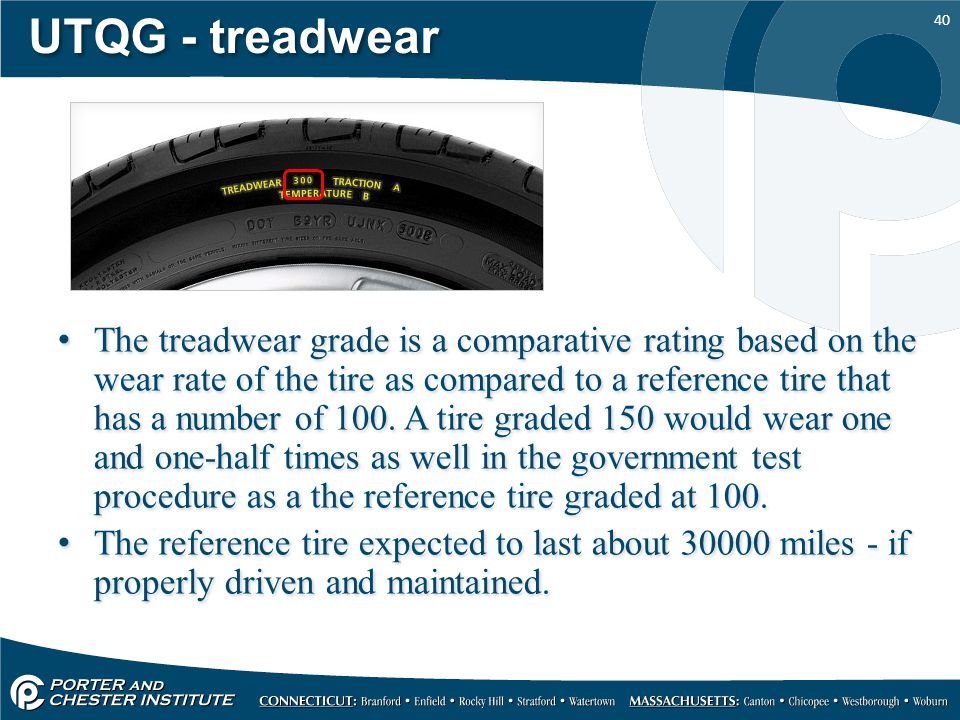 The Michelin Premier is a tire that focuses in and improves your vehicle’s handling, especially on wet surfaces.
The Michelin Premier is a tire that focuses in and improves your vehicle’s handling, especially on wet surfaces.
These tires specialize in providing traction on wet roads due to their structure. Its unique treading pattern and materials are made from a blend of sunflower oil and extreme silica. These features effectively grip the pavement, so your handling isn’t compromised.
The Michelin premier also comes fitted with twin steel belts inside to provide durability. Due to this, the Michelin Premier tires last substantially long at 60,000 miles or 96,560 km.
The Michelin Pilot Sport 4S is the 4th-generation summer tire from Michelin. It offers grip and handling, even at high speeds, which they derived from the Michelin Pilot Super Sport.
These tires are meant for summer. However, due to high temperatures, the air pressure inside the tires may expand. That’s why it’s always an option to consider changing your tires to more specific products that handle increased temperatures when driving.
The Michelin Pilot Sport 4s tires last at about 30,000 miles. While relatively short when compared to other Michelin products. You’d only be using this tire for several months during the summer.
Read now: Michelin Pilot Sport 4s vs Michelin Pilot Super Sport.
It’s definitely up to you. While Michelin tires are top-notch quality products, they can get quite expensive compared to other tire brands.
Michelin tires lifespan as a product has always been rather impressive, lasting up to 10 years. The brand’s tires have always been known to the car world as tires that offer excellent performance and durability, so the cost would naturally be higher.
Michelin offers a wide array of tires optimized for every driving activity. If you eventually decide to buy Michelin tires, make sure you choose the one that’s perfectly ideal for the driving you usually do.
How long do Michelin tires last? Now you know that Michelin products are built to last. Whether traveling around the country, taking a long road trip, or just commuting daily, you can trust that your tires will last.
However, as the top tire manufacturer in the world, their products can get relatively expensive for an average consumer. If you’re good for it, Michelin tires can be a pretty good investment.
Before you go, don’t forget to check our comparison of Michelin with other tire brands to find out the best tire for you:
I'm Henry, the content writer for PPMC Transport. We build our site entirely on experience and extensive market and customer research. My goal is to create a trusted platform where people can go to determine what is best for their vehicles in terms of safety and convenience. Keep an eye out for our useful guide!
My goal is to create a trusted platform where people can go to determine what is best for their vehicles in terms of safety and convenience. Keep an eye out for our useful guide!
- Speciale Henry
As one of the largest tire manufacturers in the world, Michelin is popular for providing a variety of high-quality tires for cars, SUVs, trucks, motorcycles, and other vehicles.
So if you’ve recently gotten Michelin tires installed in your vehicle, you may be wondering – how long do Michelin tires last? Here is what I’ve found out about this!
Michelin tires such as Defender, Pilot Sport, and X-Ice last around 35,000-45,000 miles on average. If maintained properly, they can even go on for 50,000-70,000 miles. Michelin recommends that customers replace their tires after 10 years of usage, even if they are in good condition.
If you want to know more about how long various models of Michelin tires last, when you should replace your Michelin tires, and much more, keep on reading!
According to customer reports, Michelin tires last around 35,000-40,000 miles (56,000-64,000 kilometers) on average.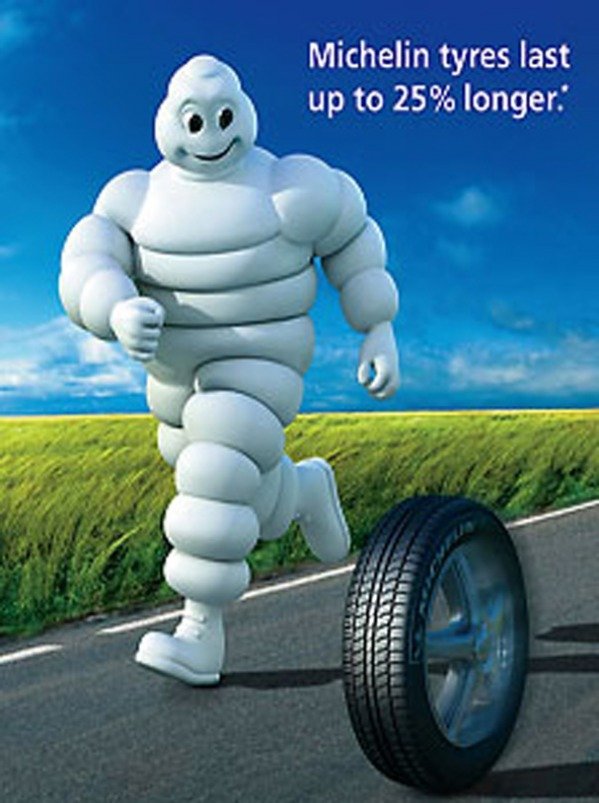
However, with frequent tire maintenance and adequate care, the tires can also last up to 50,000-70,000 miles (80,000-112,000 kilometers).
Keep in mind that taking good care of your tires involves making sure they run on the correct air pressure, getting regular tire rotations, and maintaining your vehicle’s condition.
Michelin recommends that you should replace your tires after 10 years have passed from the date of manufacture.
Even if you think that your tires are in solid condition and have sufficient tread remaining, you should replace your tires as a precaution to avoid any unforeseen accidents.
To find out the date of manufacture of a Michelin tire, you can consult the DOT date information on the tire, using this guide to understand how to read the numbers.
Michelin Pilot Sport 4s tires have a treadwear warranty of 30,000 miles (48,000 kilometers).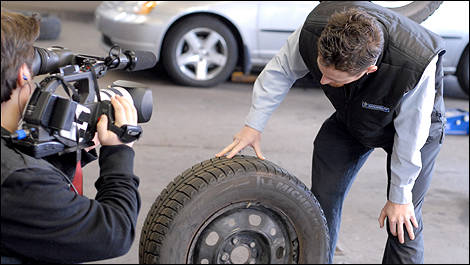
These are made for summers and are ideal for sports cars, sedans, and coupes because they have a wet and dry grip.
Michelin’s Defender tires are available in 57 different sizes and, due to their versatility, can be used in cars, SUVs, and even light pickups.
All Defender tires have a ‘T’ speed rating, which means that customers should observe a maximum speed limit of 118 miles per hour.
In these conditions, the tires can last up to 90,000 miles on average (145,000 kilometers).
Michelin’s RV tires have a lifespan of around 3-6 years if used regularly.
Note that popular RV brands such as the Michelin XPS Rib tires have a mileage warranty of 60,000 miles, or 95,000 kilometers.
Michelin’s Energy Saver tires, such as the Energy Saver All-Season tires, have a mileage warranty of 65,000 miles, or 104,000 kilometers.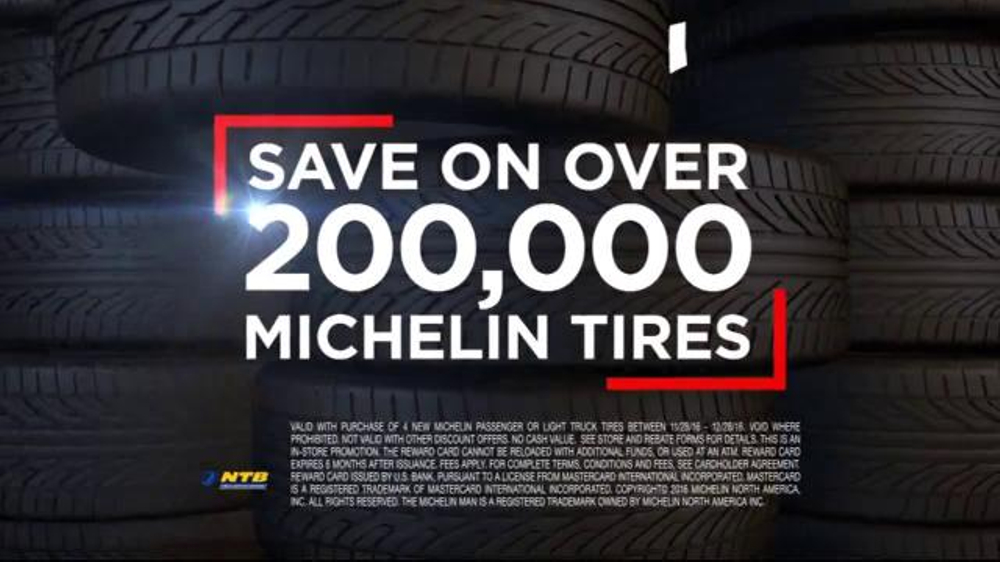
According to reports, these tires can last for 16,000 miles longer than similar-range tires from other competitors.
Michelin Primacy tires last up to 45,000-60,000 miles on average, i.e. 72,000-95,000 kilometers.
Additionally, they are ideal for comfort and so are widely used in tourist vans which have to go through long routes and keep vibrations at a minimum to ensure smooth rides.
Michelin Pilot Super Sport tires are counted among the best high-performance tires in the world, suitable for long street and track life.
The tire’s standard limited warranty is up to 6 years and they have a mileage warranty of 30,000 miles, or 48,000 kilometers.
Michelin X-ice tires are best for winter conditions and provide excellent service on snow.
These fuel efficient tires last for 6 years, offering a mileage warranty of 38000 miles (60,000 km).
Michelin motorcycle tires are available in several categories and models to suit the different preferences of customers.
Here is a list of popular Michelin motorcycle tires and their mileage warranties:
You should regularly inspect your tires for the following indicators to check if they are still fine or have completed their lifespan, i.e. become bad and worn out:
Keep in mind that you should check this every month to know if tires are worn out, and make sure to check your tires before going on a long trip.
How long a tire lasts depends on the quality and design of the tire, but also on how someone drives their car and whether they maintain the tire or not.
So if your Michelin tires are wearing out pretty quickly, you should take note of the following situations.
A lack of proper care and maintenance results in tires being damaged quicker, which reduces their lifespan.
If you are driving your car on roads with extra speedbumps, obstacles, curbs, or sharp objects – your tires are likely to get damaged a lot faster.
Additionally, if you’re using your car improperly, e.g. mixing incompatible rim sizes and wheels, jumbling different tires, or using summer tires on snow, this will harm your tires.
You have to ensure that you are not over-speeding, not using the brakes abruptly, and getting your car checked by a mechanic as soon as you notice some change in vibrations.
To know more, you might also be interested in reading up on how long do Pirelli tires last, how long do Hankook tires last, and how long do all-season tires last.
Michelin tires can last a maximum of 10 years from the date of manufacture, after which, Michelin itself advises customers to replace their tires with new ones.
Note that on average, Michelin tires last around 35,000-40,0000 miles. However, with frequent tire maintenance and adequate care, they can also last up to 50,000-70,000 miles as well.
0003Related materials
7 rubber signals: what the tire says about car problems
How do you know when tires are completely worn out and it's time to change them? Everything is simple. For summer tires, the limit is 1.6 mm of residual tread depth, and for winter (or all-season tires used in winter) - 4 mm. Modern summer tires can travel from 40,000 to 70,000 km, depending on driving style and vehicle characteristics. An average motorist rolls such a mileage on summer tires in 2-3 seasons. Moreover, wear implies not only a decrease in tread depth.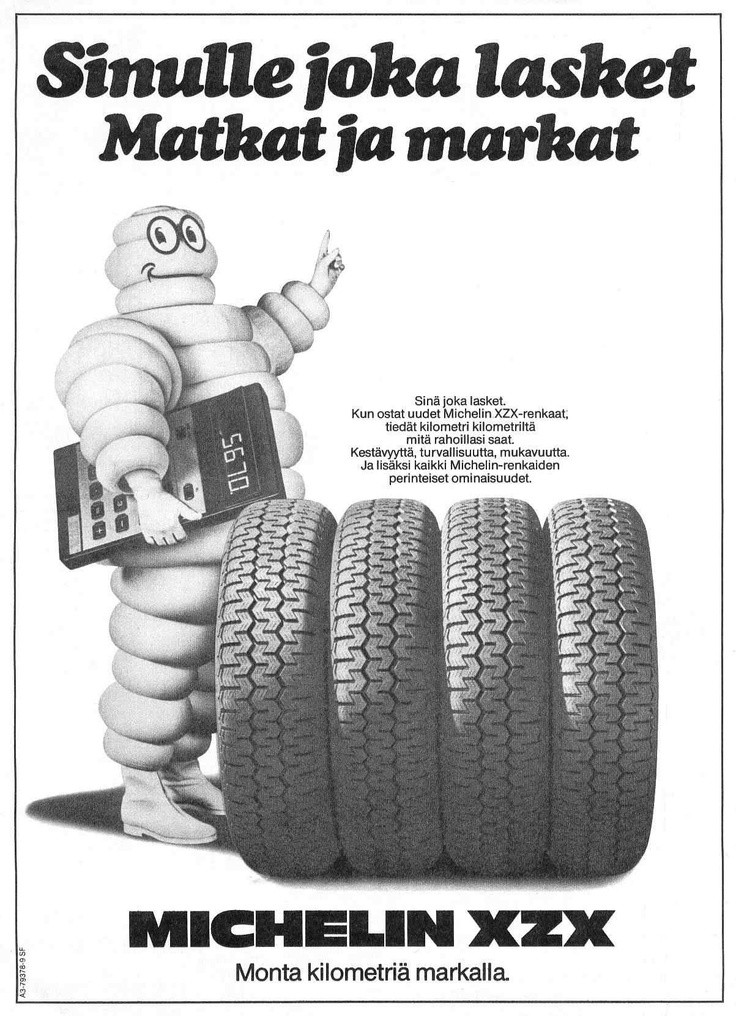 For millions of cycles of deformation, the strength of the carcass and its adhesion to the layers of the rubber compound are violated. In short, every 2-3 years you should buy a new set of tires.
For millions of cycles of deformation, the strength of the carcass and its adhesion to the layers of the rubber compound are violated. In short, every 2-3 years you should buy a new set of tires.
In case of irreparable damage to one of the tires and a relatively high total mileage of the kit, it is also worth considering replacing it. Well, or about buying at least a pair of new tires, which, for any type of drive, should be installed on the front axle. We put two tires back - the most decent of the remaining ones.
Many motorists drive only a few thousand kilometers a year. This does not mean that the tires will serve you for several decades. According to Russian requirements (GOST 4754-97), the service life of passenger car tires is 5 years from the date of manufacture. And for example, Continental recommends that all car tires (including the spare tire) older than 10 years old should be replaced with new ones. Therefore, with small runs, you can navigate for ten years. The date of manufacture of the tire is indicated on the sidewall. Usually it is an oval with four numbers. The first two are the ordinal number of the week in the year, the last two indicate the year.
Therefore, with small runs, you can navigate for ten years. The date of manufacture of the tire is indicated on the sidewall. Usually it is an oval with four numbers. The first two are the ordinal number of the week in the year, the last two indicate the year.
Related materials
How to change the car yourself - detailed instructions
Tires should be rotated periodically in accordance with the vehicle manufacturer's recommendations - information on this can be found in the owner's manual.
We can advise you to carefully use the tires and, most importantly, to store them correctly in the off-season. First of all, during storage, it is important to exclude direct sunlight from hitting the tires, which greatly age the rubber. Tires without rims should be placed vertically, and stacked on rims.
And before installing tires on a car at the beginning of the season, evaluate their condition. There should be no cracks in the tread and sidewalls. The tire should not be dry, it should remain rubbery and not look like baked plastic.
There should be no cracks in the tread and sidewalls. The tire should not be dry, it should remain rubbery and not look like baked plastic.
Related materials
Driving on badly worn tires - will I be fined or not?
Winter tires have a much shorter life span. They almost always fail due to the wear of the treadmill, because the tread of a new tire is 7–8 mm, and only 3–4 mm remain working height. If the tires are studded, then with such wear there are very few metal elements left, and the tire will not provide adequate safety when driving on a winter road. However, not only spikes, but also Velcro, with such a degree of wear, also lose most of their capabilities.
The real life of winter tires rarely exceeds 30,000 km. "Bald" winter tires without studs can be re-rolled in summer, but their grip on hot road surfaces will be very poor. This must be taken into account, especially when braking.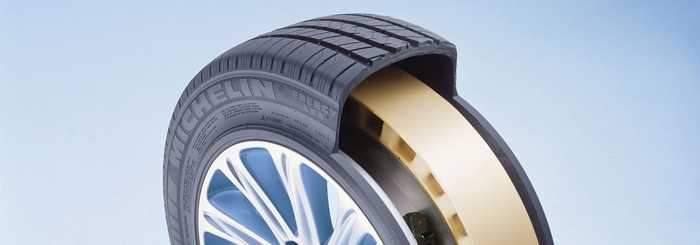
***
So: tires that have not yet worn out along the tread (that is, up to 1.6 mm tread depth for summer tires, 4 mm for winter tires) are changed either ten years after the date of issue, or when the rubber layer cracks tires or damage.
Our new video
Consumption 2-3 l/100 km! Test of the most economical UAZ
Test of the earliest VAZ-2103 from the surviving
Test of a new crossover. Again "Chinese"? Not quite
Did you like the note? Subscribe and you will always be in the know!
Driving on Yandex.Zen
News smi2.ru
Consumer disputes over the age of tires have not subsided for several seasons. Buyers are excited that the warranty period for tires is limited to 5-6 years according to GOST, and after the expiration of this period, the rubber becomes unusable.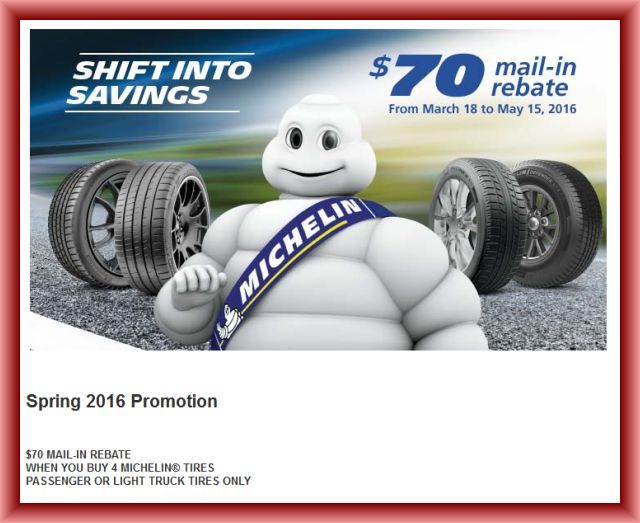
Is this really the case, read this article.
Manufacturers of most brands for their products set a shelf life of 5 years and a service life of 5 years as well .
The shelf life of a tire is the period during which it retains its performance when properly stored.
The end of this period does not mean that the tires have become unusable . A shelf life of 5 years is given by manufacturers because, by law, they cannot set a shelf life higher than the service life. Tires over 5 years of storage cannot be called damaged or defective, their technical characteristics may be slightly reduced. American researchers argue that the period of storage of "shoes" must be at least 10 years. Experts from Germany are sure that it cannot exceed 6 years.
The expiration date of tires is the warranty period during which the manufacturer is responsible for the quality and condition of the tire if it was used for its intended purpose without violating the operating rules.
According to Russian legislation (GOST 5513, GOST 4754-97) , the service life of tires is 5 years from the date of manufacture.
How can I find out the date of manufacture of tires?
You can find out the age of tires by a special DOT code. Tires manufactured after 2000 in the DOT code contain two pairs of numbers, where the first pair indicates the week number of the year, and the second pair indicates the year. Earlier tires before 2000 have 3 numbers in their composition, where the first two digits are the week number, and the last one is the year (see the transcript in the photo).
Determination of the average shelf life of a tire according to GOST and operating conditions.
- The symbol ZR denotes tires for high-speed cars. They are recommended to be used at speeds over 240 km/h. up to 6 years
- Tires with the H symbol are used at a maximum speed of 210 km/h. within 5 years.
- The sign S symbolizes the maximum permissible speed of 180 km/h. and operational period of 4-5 years.
Most tire manufacturers do not agree that tire life is limited to 5 years. Each company has its own opinion on this matter. We analyzed several of them and the information they posted on their official websites.
Michelin
The French tire manufacturer Michelin has become famous for its active fight against the perception of the rapid aging of tires as a perishable product. Her information campaign "Tires Are Not Bananas" created a lot of noise in the automotive environment. According to the representative office, several test trials were carried out in Saudi Arabia, South Korea and Germany. As a result of testing, no difference was found between new tires and tires stored for 3 years. They were tested for various characteristics such as rolling resistance, high speed durability, etc. Tires with a year life were approximately equal in performance to 10-year unused tyres.
Tires with a year life were approximately equal in performance to 10-year unused tyres.
Michelin focuses the attention of car owners on the fact that tires are not a perishable product, their shelf life is not as important as the service life is important, starting from the date the tires are installed on the rims. It is from this moment that the tire is subjected to all tests: pressure, temperature changes, wear, contact with uneven and sharp coatings, etc.
Continental
On the Russian official website of Continental, we found the following information on the expiration dates of tires.
“When a tire is stored in the correct position and under the recommended conditions, it will not lose its original balanced performance for 5 years from the date of manufacture of the tire.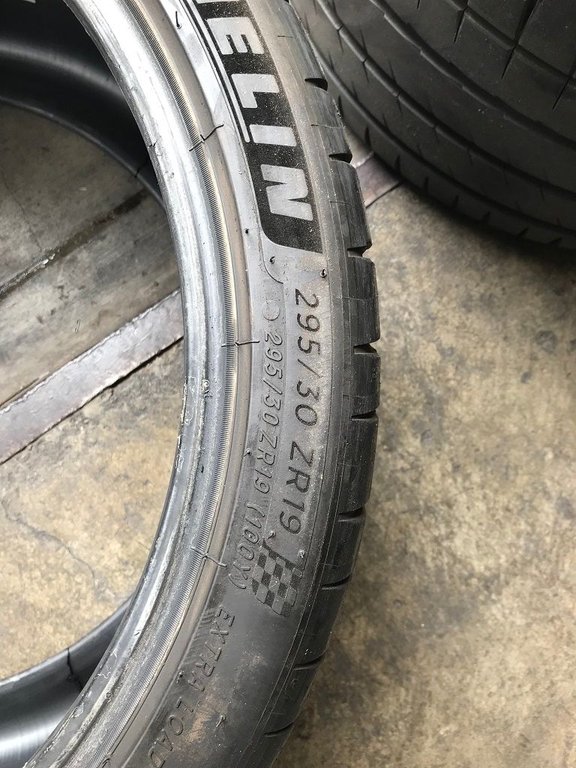
A properly maintained, unused tire less than 5 years old can be sold as a new tire and used normally.
Continental recommends replacing all tires (including spares) with a sidewall date greater than 10 years.
Nokian
The following information is posted on the Nokian official website:
“Tire life is not defined by law, but tires can only be considered “new” if they have been manufactured within the last five years. The recommended service life of tires is six years and the recommended maximum period is 10 years.
The opinion of our specialists, based on many years of experience, coincides with the opinion of manufacturers: the shelf life is 5 years + the service life is up to 10 years. Moreover, more "adult" tires, in our opinion, are of better quality.
To keep tires as long as possible, they are stored in compliance with all rules and recommendations. The main condition is a cool, ventilated, darkened room away from oils, paints, ozone, and heat sources.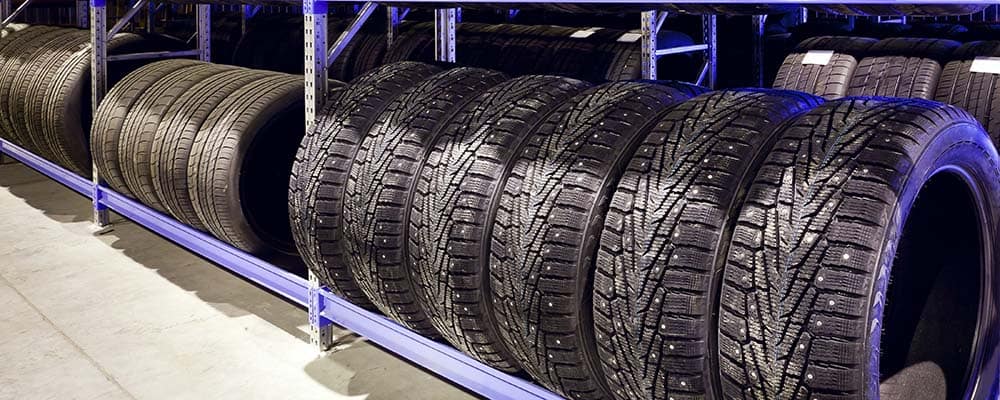
Rubber products tend to lose their performance over the years. To prevent and slow down this process, manufacturers add polymers to the rubber compound. They prevent oxidative processes that occur due to the interaction of protectors with oxygen and ozone.
The following are the main conditions for the proper storage of tires in accordance with GOST 24779-81:
Maintaining a constant regime without sudden jumps, slight temperature fluctuations from -30°С to +35°С are allowed;
Provide a low humidity level of 50-80% in a dry, ventilated cool room;
Avoid direct sunlight, use darkened hangars, shield heat sources;
Keep away from sources of heat;
Tires should not come into contact with corrosive, copper materials.
Avoid kinking, loading or positioning on an uneven surface.
Avoid contact with oils, organic solvents, acids, alkalis, fuels and lubricants on the tire surface.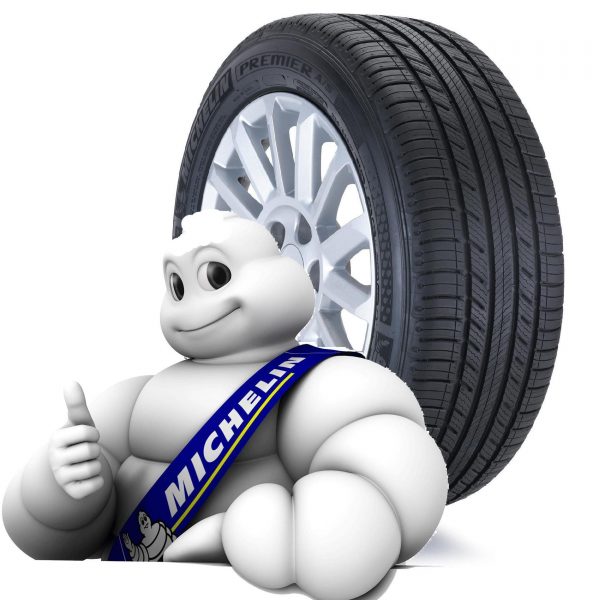 It is forbidden to lay tires on a wet and dirty surface.
It is forbidden to lay tires on a wet and dirty surface.
In the warm season, when storing tires outside, they should be covered with light-tight material and raised above ground level to ensure ventilation and prevent the occurrence of the greenhouse effect.
Storage on reflective, light and heat absorbing surfaces is prohibited.
Keep away from chemicals, oils, paints, open flames, electric motors that produce ozone.
Used tires must be washed and dried.
Tires without rims should be stored upright.
The service life depends on many factors: the load on the car, the quality of the roads, the driving style, the distance traveled, tire damage, etc. To increase their service life, follow these rules:
Check tire pressure every 2-3 weeks. With reduced pressure, tire wear increases by the equivalent of a % reduction. For example, a 15% reduction in pressure can result in a 15% reduction in service life. Inflated tires are less scary.
For example, a 15% reduction in pressure can result in a 15% reduction in service life. Inflated tires are less scary.
The wear of the front tires is always significantly higher than the rear ones, so it is recommended to swap them after some time, carefully watching the direction of the tread pattern and the direction of rotation.
Proper alignment of tires in relation to rims. If the direction is not the same, then performance is significantly reduced.
To prevent damage to the sidewalls of tires, avoid close proximity to curbs and high ledges.
Wash off dirt from the surface of the rubber and from deep grooves with special cleaning agents.
Adhere to an even driving style without harsh brakes and quick starts.
Do not overload the car beyond the norm. 20% excess weight leads to a 30% loss of tire life.
Keep the wheels balanced and check the alignment angles annually.